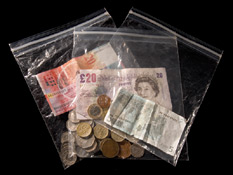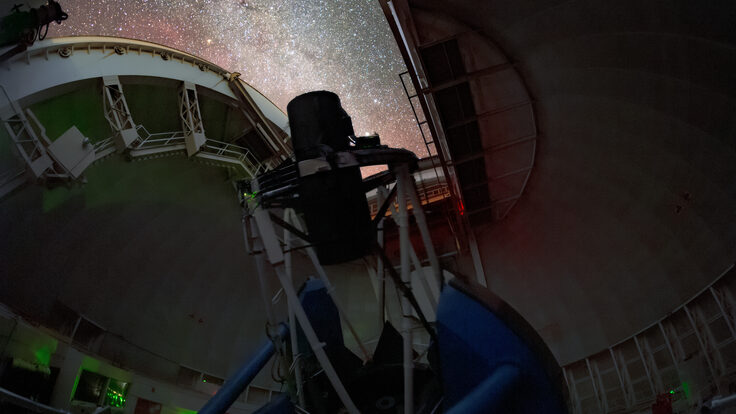|
The Ziploc purse
During a recent trip to CERN on the Franco-Swiss border, my fellow International Linear Collider communicators and I gathered in the cafeteria for tea and coffee. Waiting in line to pay, I sheepishly pulled out a Ziploc plastic bag, filled with Swiss francs, and started to sort through the unfamiliar currency—desperately trying to distinguish one franc from a 20-centime coin.
I normally carry my money in a fashionable mint green leather wallet (which more than often matches my shoes and purse) and blushed at my plastic method of carrying foreign currency. The only thing fashionable about it was its guarantee to protect my money from freezer burn.
To my amusement, a physicist from Germany's DESY lab standing next to me also pulled out his own plastic bag of foreign coins. He and I looked at each other and laughed, then started to describe just how many plastic bags each of us has at home with various currencies. Then I told him what had happened the previous night: I was at a dinner party across the border in France, and somebody needed money for the cab fare. Our host pulled out her own plastic bag, filled with Swiss francs and euros.
Apparently Ziploc bags are the way to carry your currencies when you are traveling in the world of particle physics. You might not get great interest rates, but your money will stay fresh.
Elizabeth Clements, ILC GDE
Click here to download the pdf version of this article.







